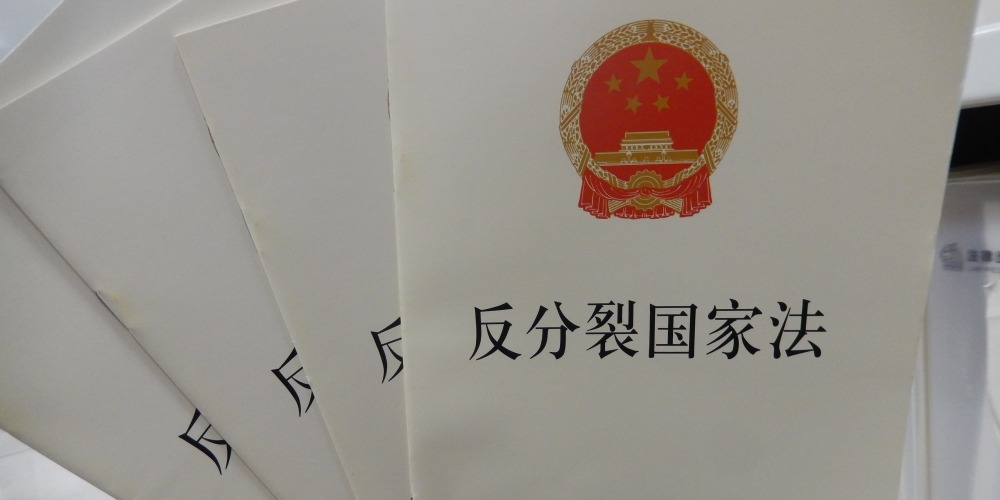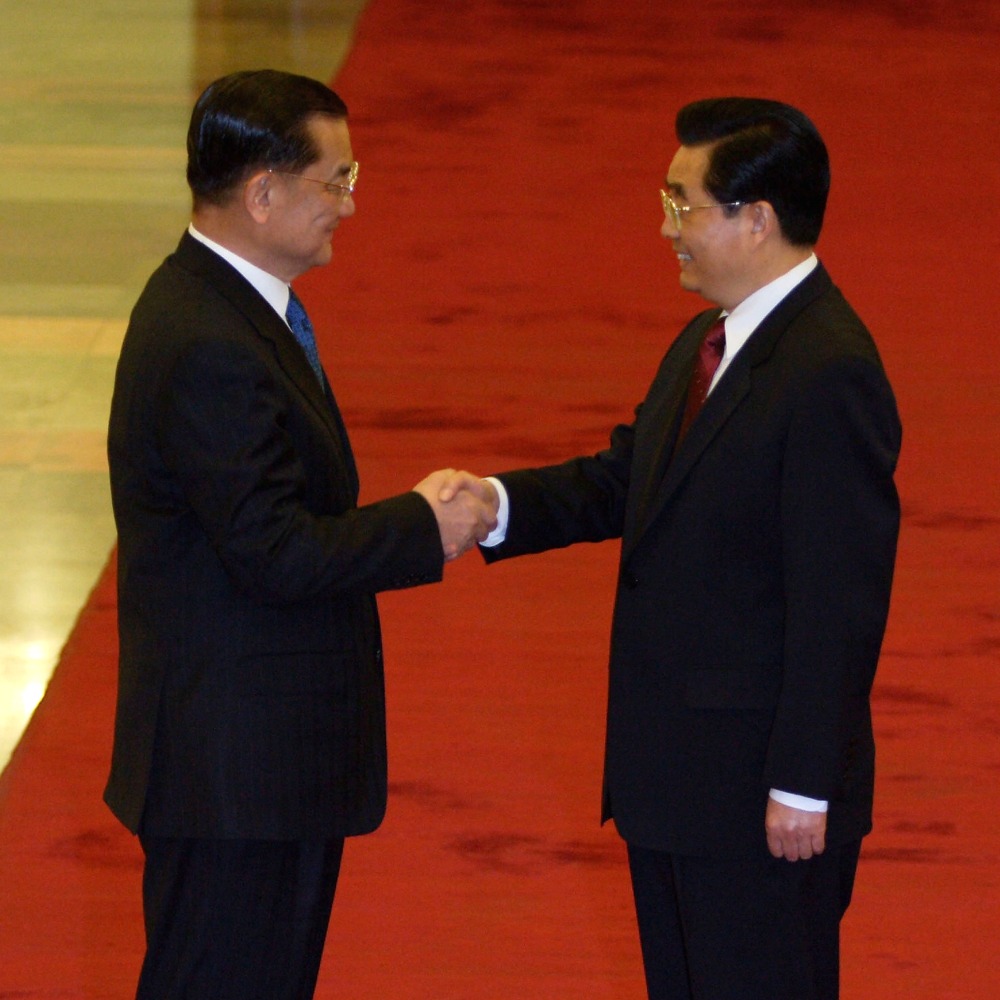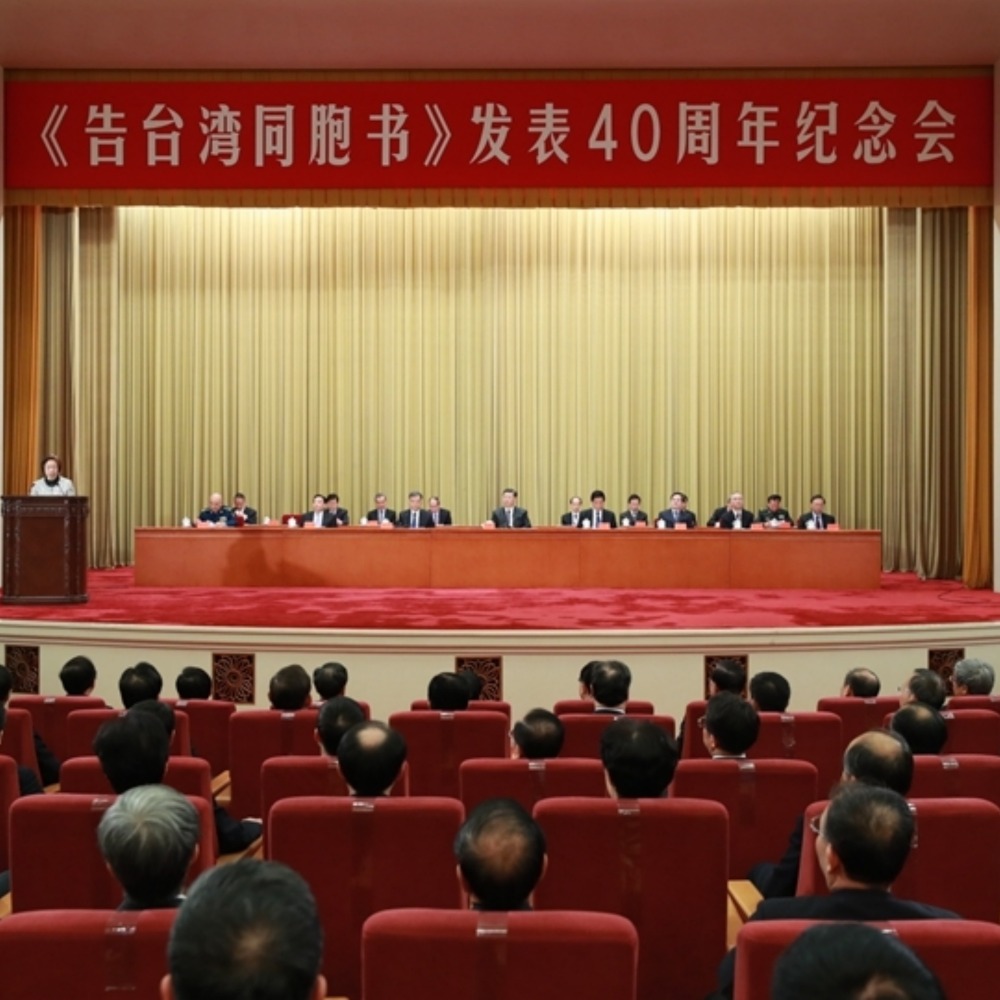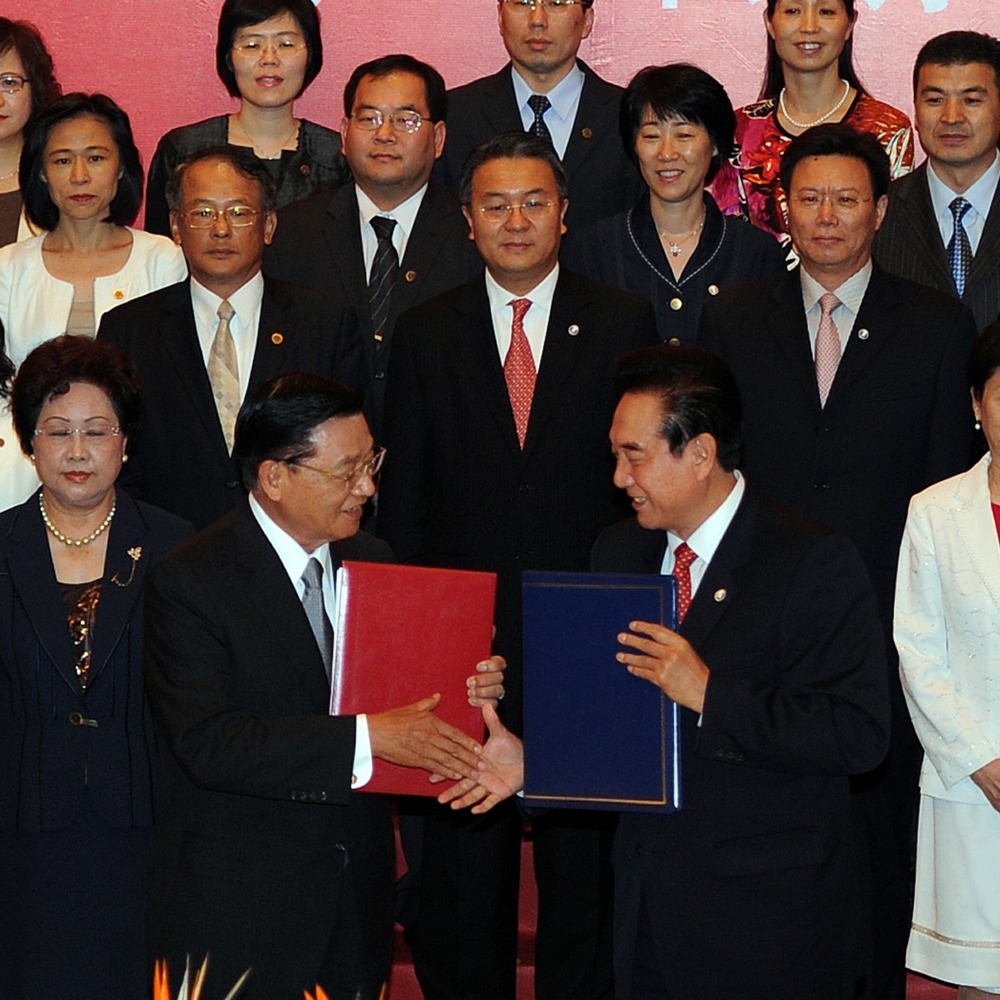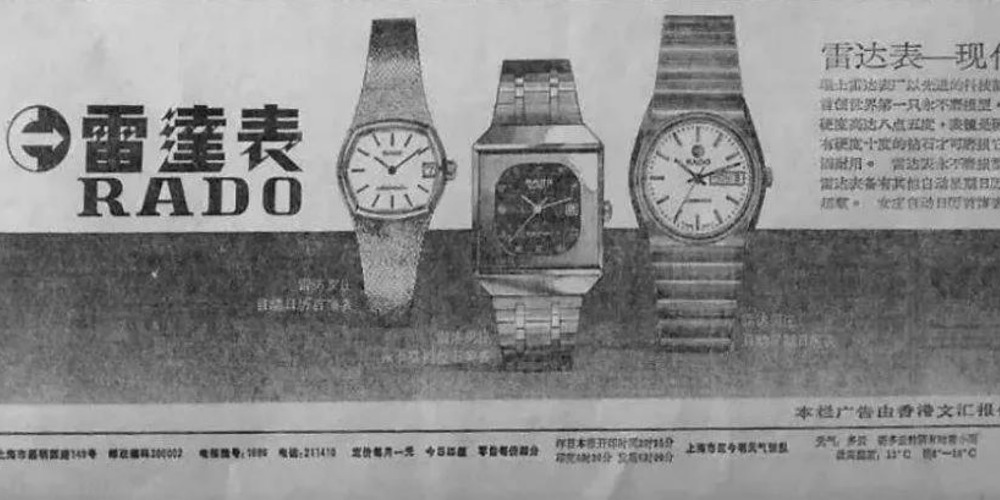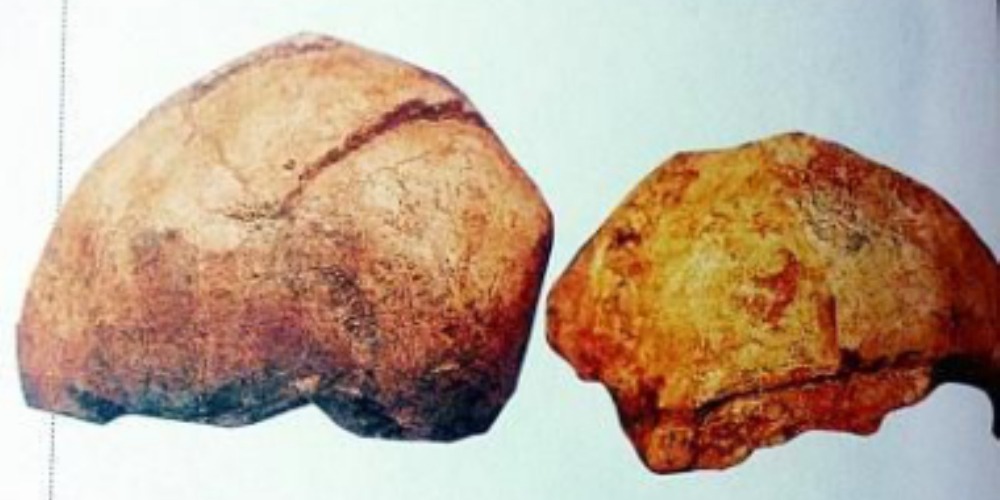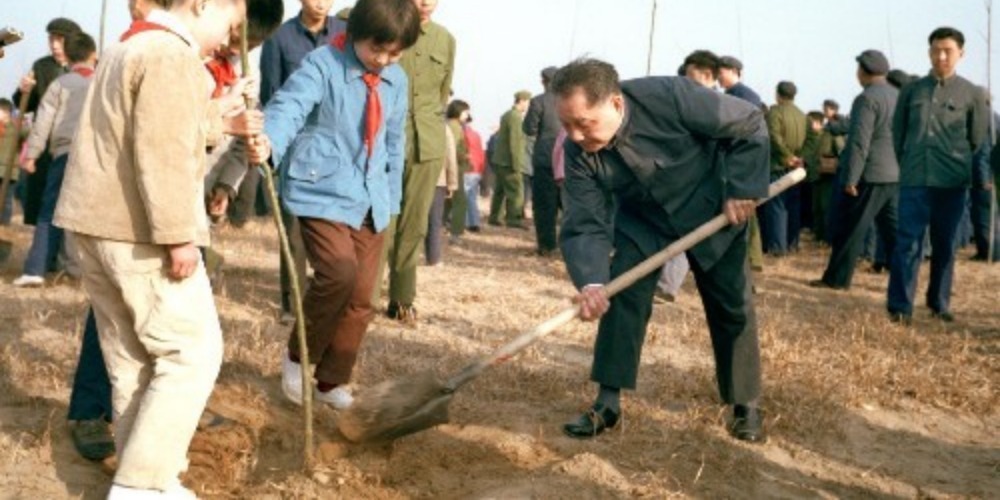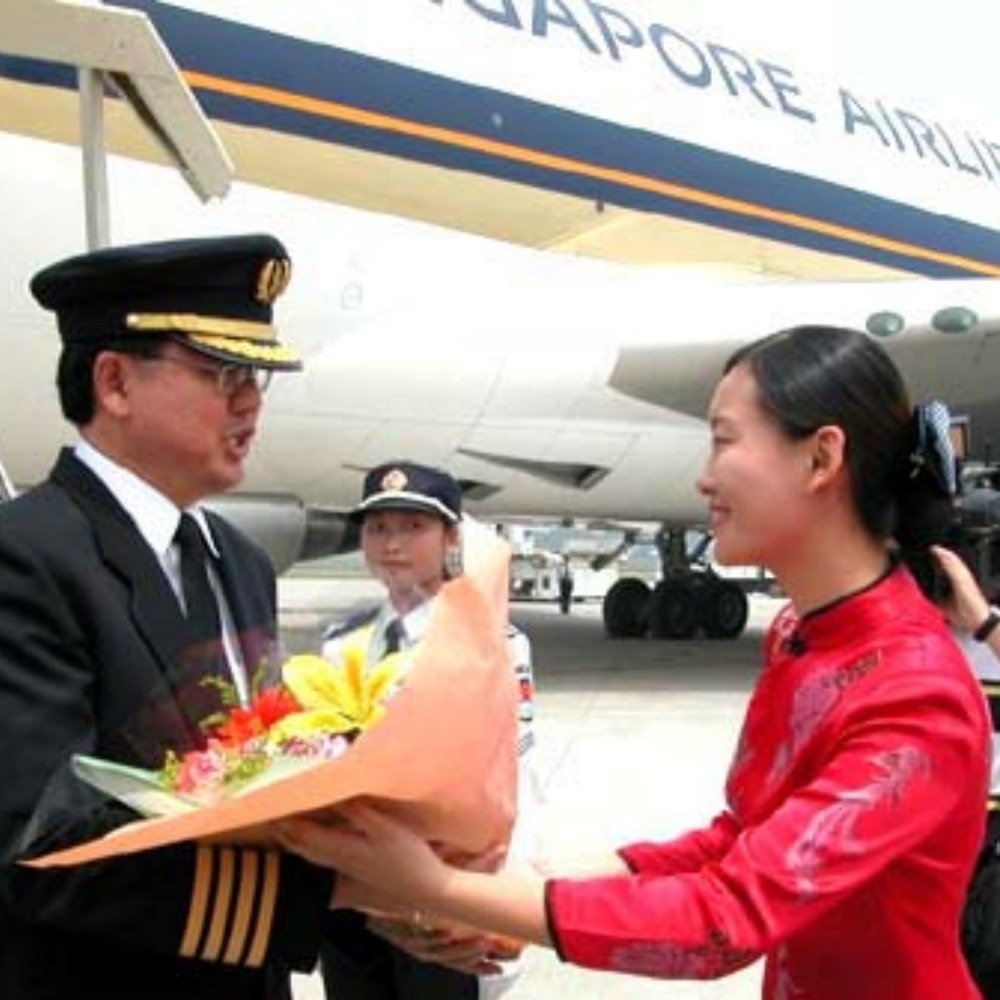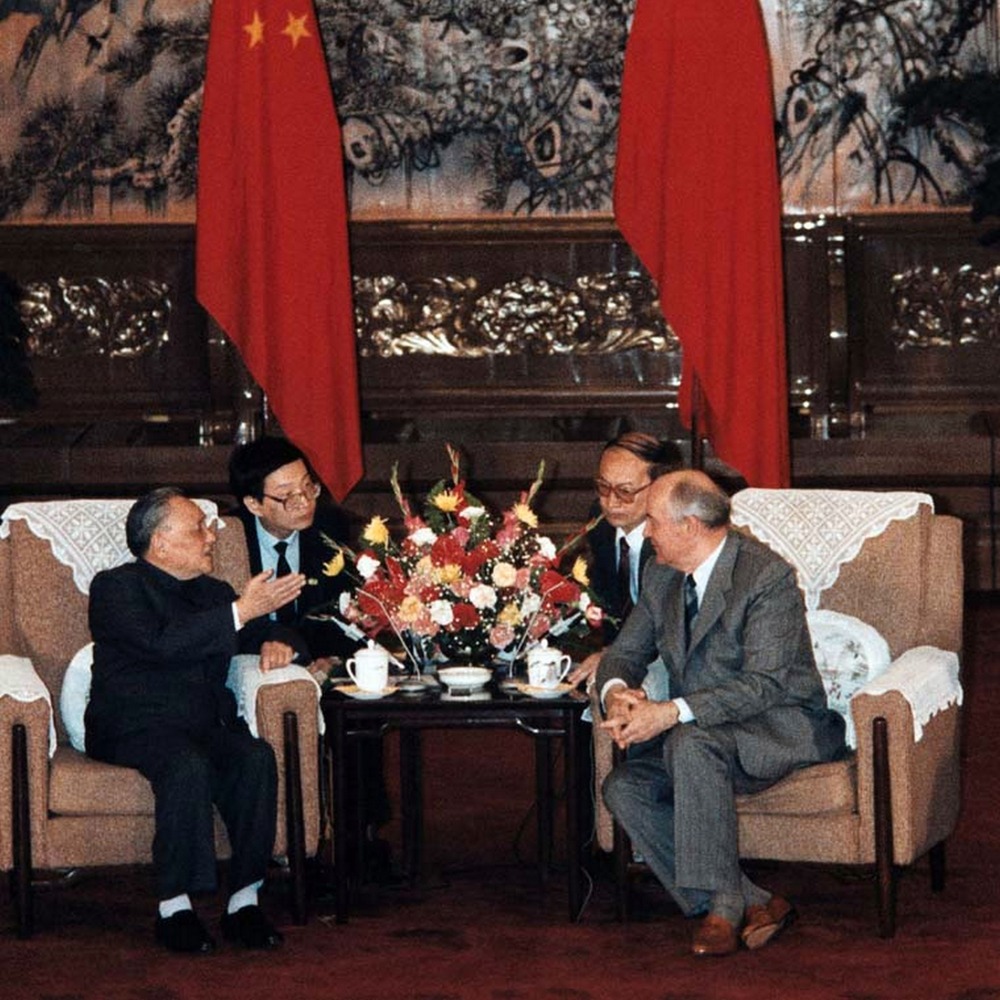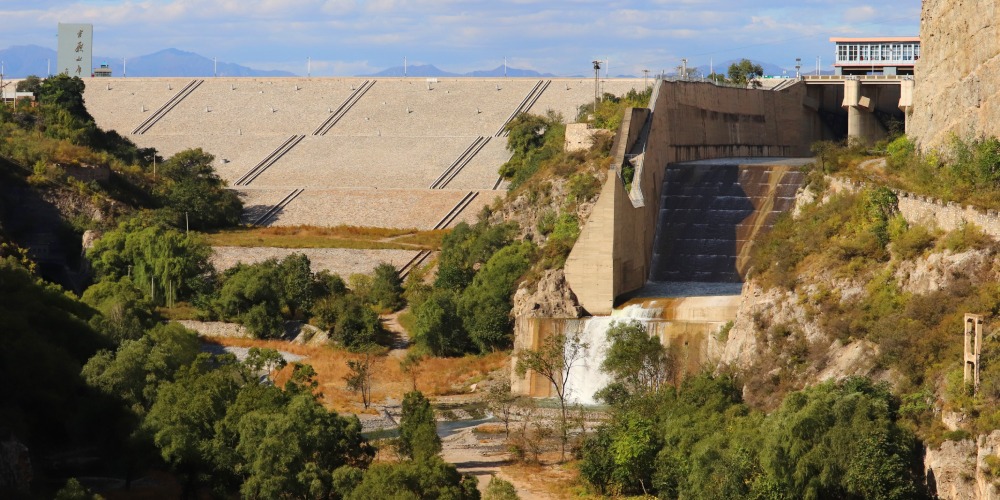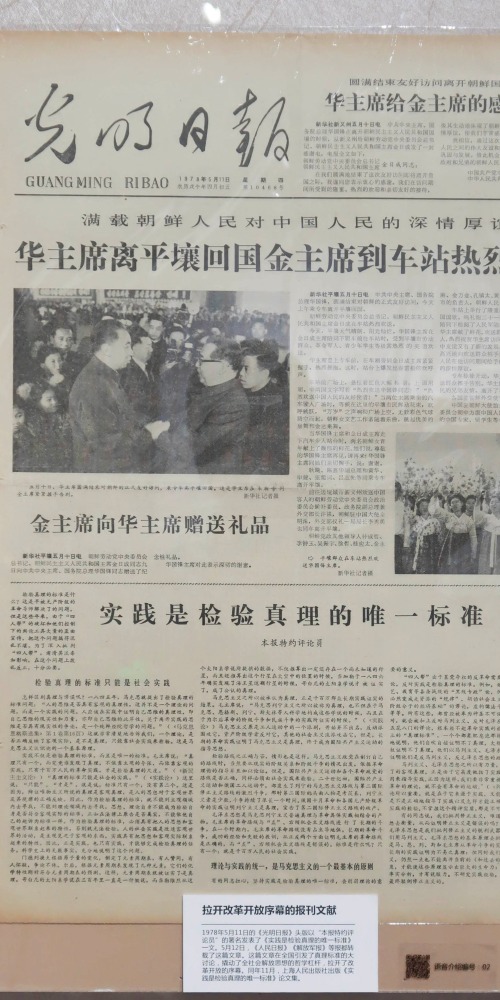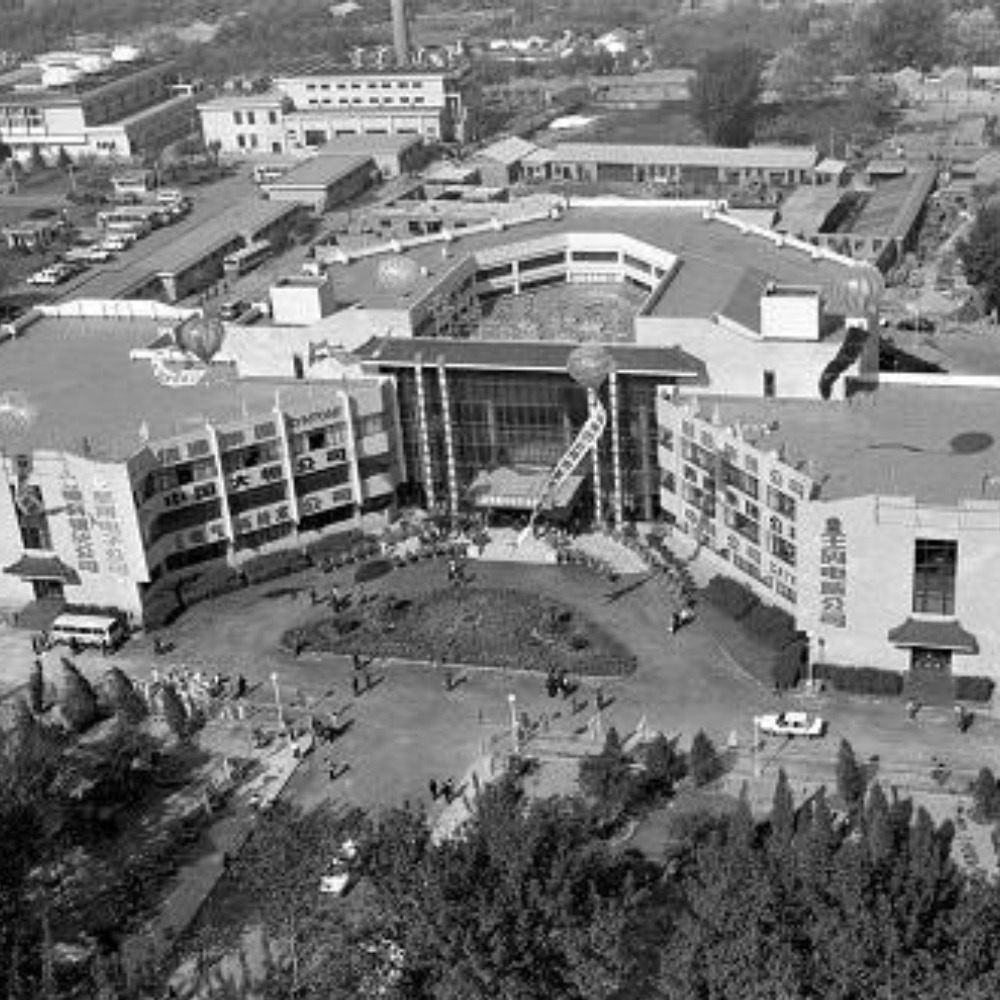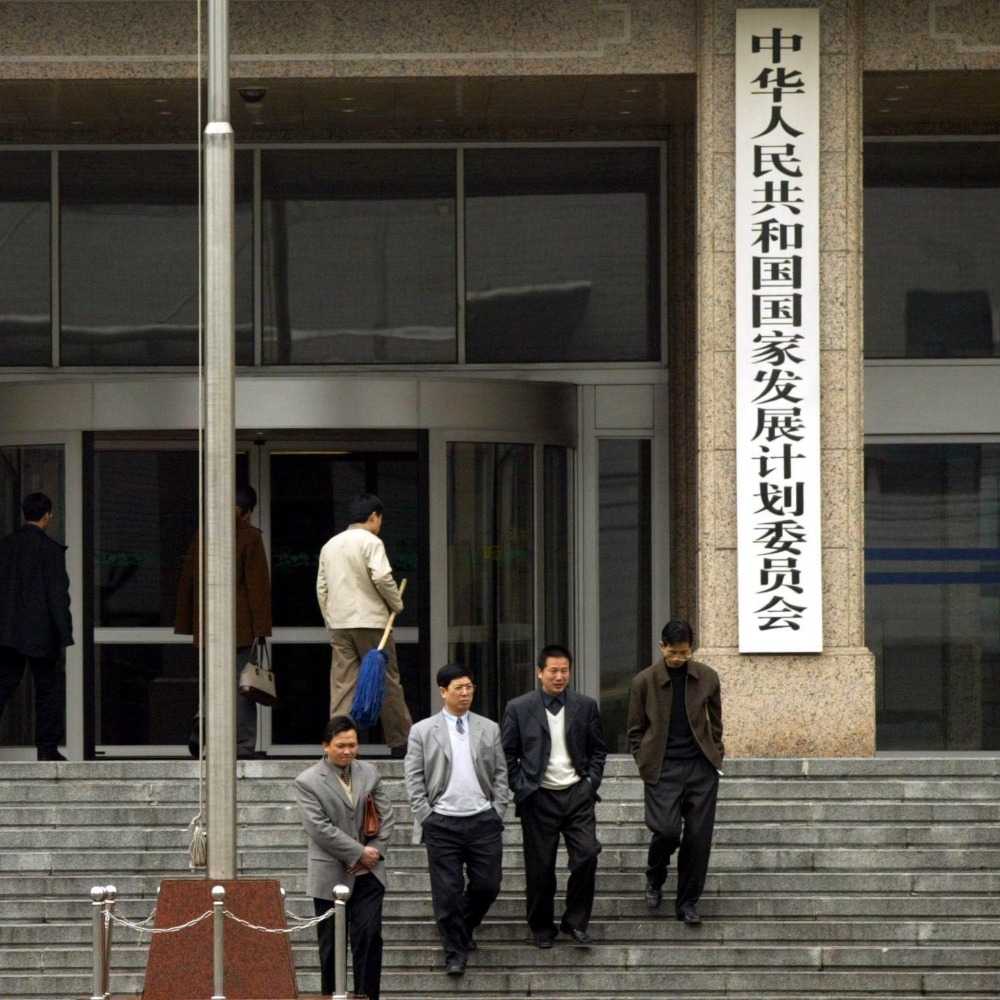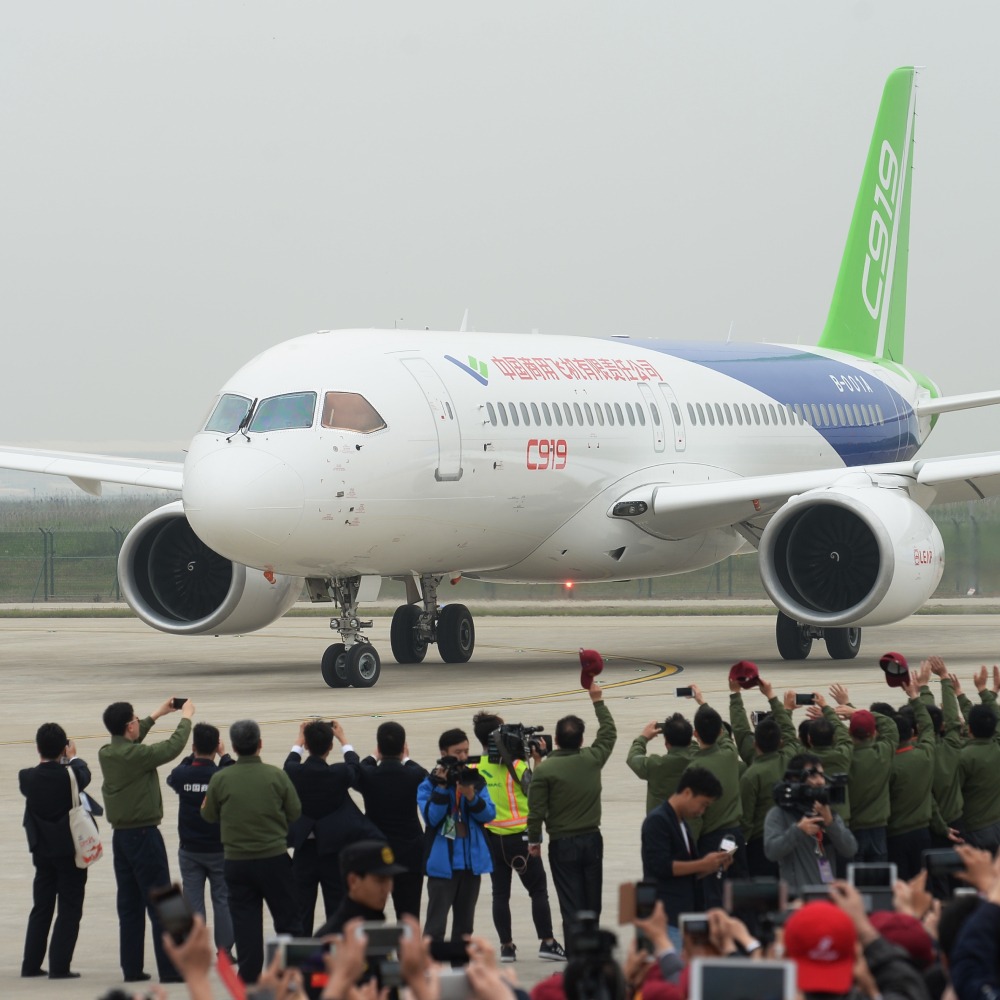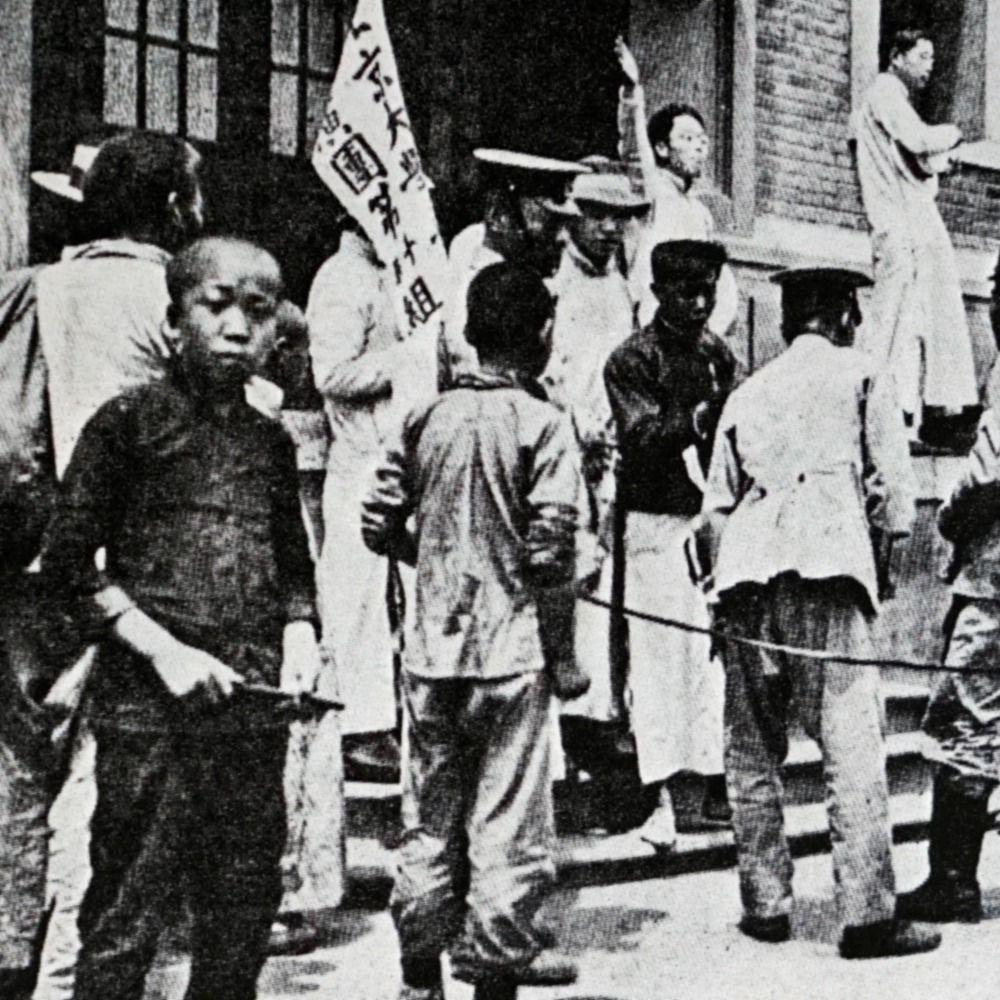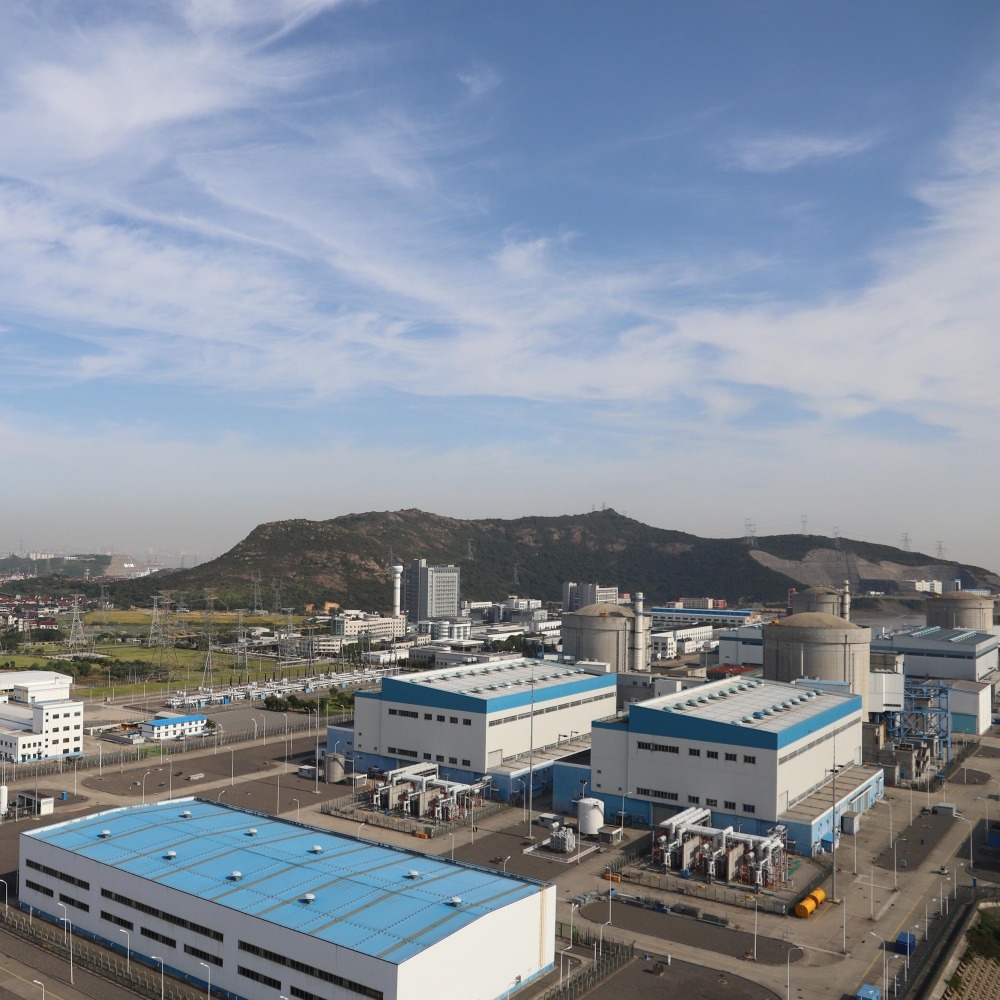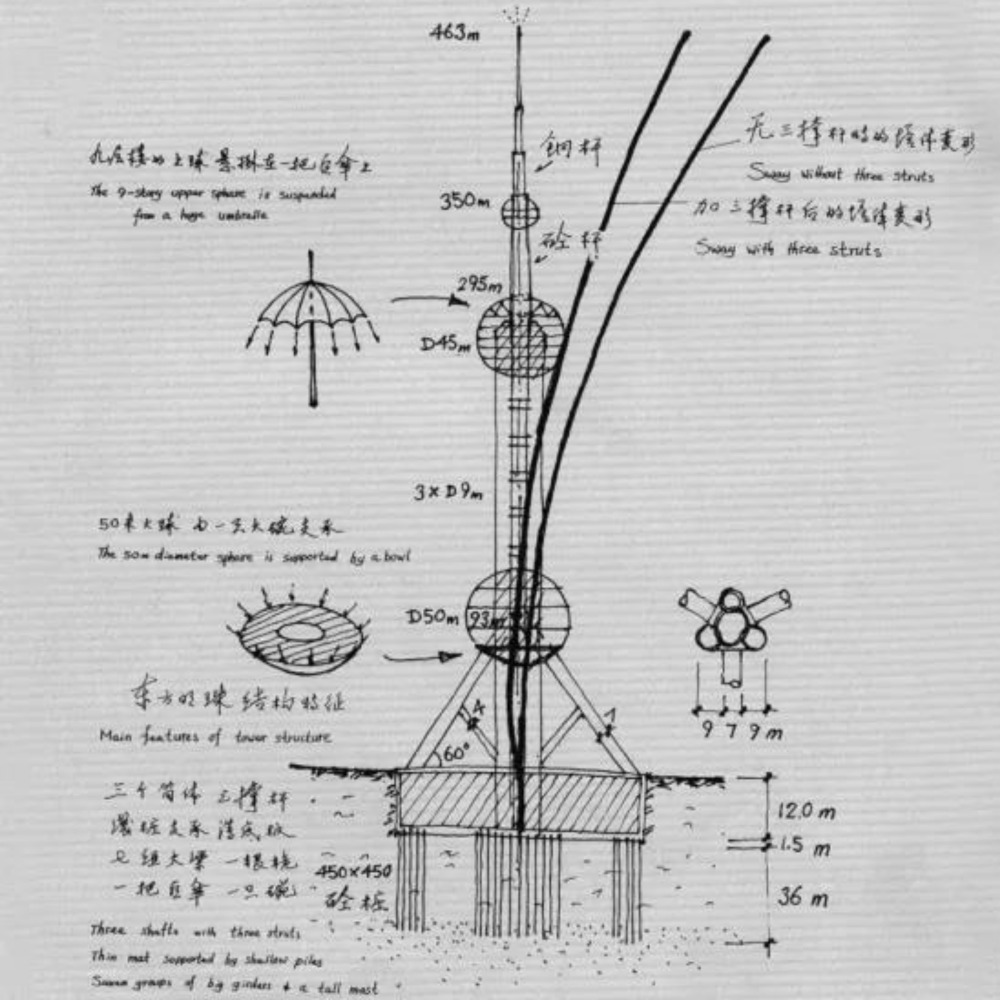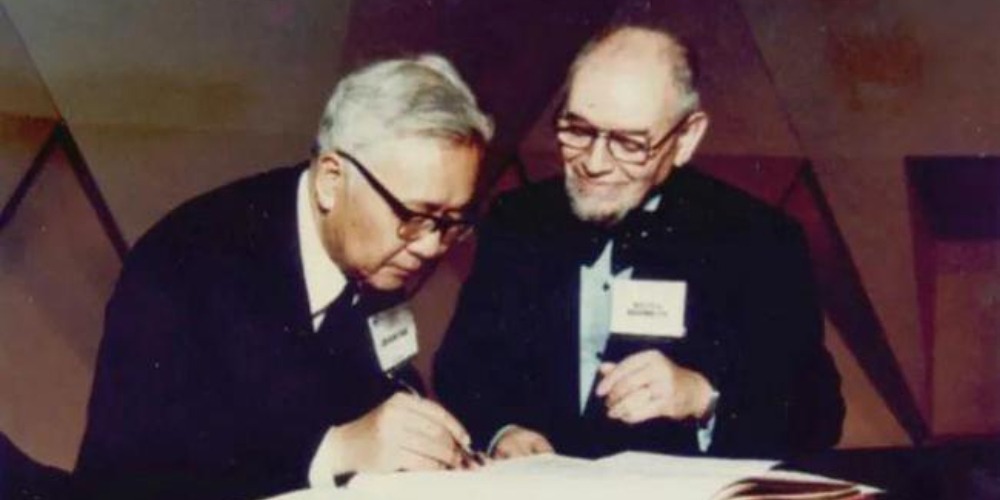Published : 2025-03-14
On March 14, 2005, the National People's Congress of China voted to pass the Anti-Secession Law.
The Anti-Secession Law consists of 10 articles.
Article 1 explains the reason for its enactment, "for the purpose of opposing and checking Taiwan's secession from China by secessionists in the name of 'Taiwan independence', promoting peaceful national reunification, maintaining peace and stability in the Taiwan Straits, preserving China's sovereignty and territorial integrity, and safeguarding the fundamental interests of the Chinese nation".
Article 2 states the principle of "one China," and "the state shall never allow the 'Taiwan independence' secessionist forces to make Taiwan secede from China under any name or by any means".
Article 3 of the law clearly defines the Taiwan question as "one that is left over from China's civil war" and considers it an internal affair which subjects to no interference by any outside forces.
In Article 5, the Anti-Secession Law emphasises that the state shall do its utmost with maximum sincerity achieve a peaceful reunification.
Article 8 also states that it do not rule out using "non-peaceful means and other necessary measures" to protect China's sovereignty and territorial integrity.
This applies under any of the three conditions: "the fact of Taiwan's secession from China", "major incidents entailing Taiwan's secession from China should occur", or "possibilities for a peaceful reunification should be completely exhausted".
The Anti-Secession Law was passed with a high vote of 2,896 in favour during the National People's Congress meeting.
The then-President Hu Jintao immediately signed the presidential decree on the same day, officially announcing the promulgation of the law, which came into effect on the date of its passage.
